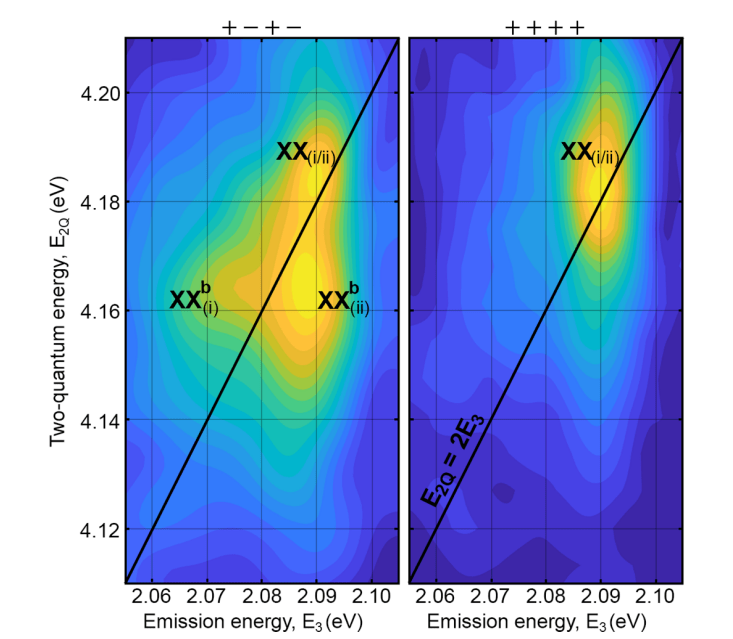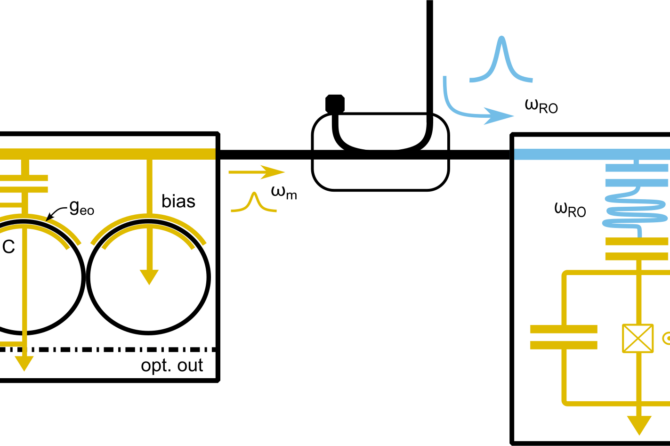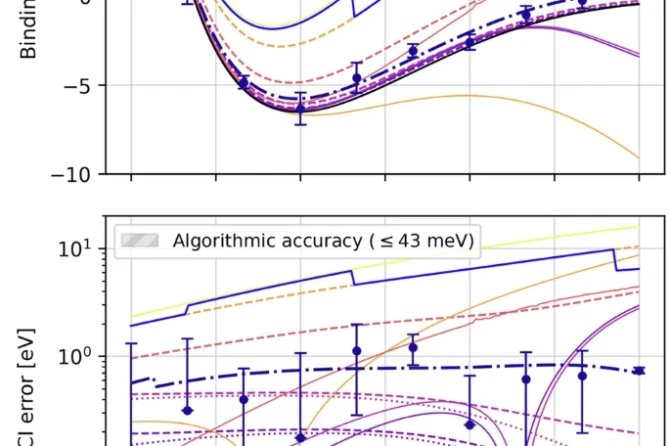A rare spectroscopy technique performed at Swinburne University of Technology directly quantifies the energy required to bind two excitons together.
The experiment harnessed interactions between real and virtual states to ‘switch‘ the electronic state of an atomically-thin (2D) material. As well as improving fundamental understanding of biexciton dynamics and exotic new quantum materials, the study aids work towards biexciton-based devices such as compact lasers and chemical-sensors, and the search for future low-energy electronics based on topological materials.
The paper has been published in 2D Materials.
Read more.



